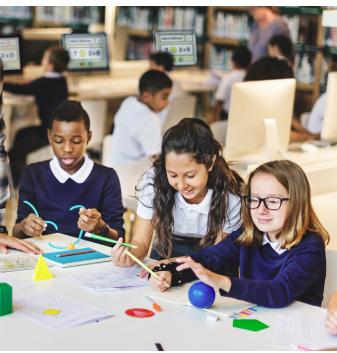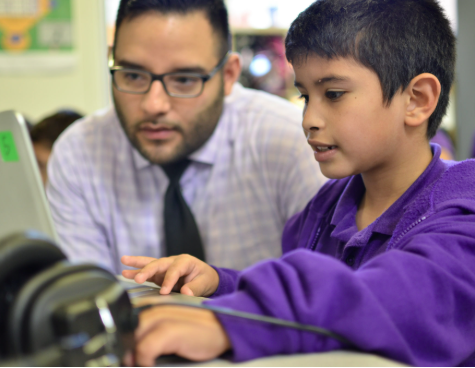Introduction
In personalized learning environments, the role of the teacher evolves from a traditional instructor to a mentor, guide, and learning architect. Instead of delivering the same content to an entire class, educators in personalized settings work closely with students to understand their goals, strengths, and challenges. This shift requires new strategies, strong relationships, and a commitment to supporting individual growth.
1. Understanding Each Learner
Teachers begin by developing a deep understanding of each student’s learning profile. This includes academic performance, preferred learning styles, interests, and social-emotional factors. By knowing the whole student, teachers can design more meaningful and effective learning pathways.
2. Designing Individualized Learning Experiences
Teachers in personalized classrooms use flexible methods to meet diverse student needs. They may offer varied assignments, provide multiple ways to access content, or use technology tools that adapt in real time. This ensures that each student is engaged in learning that is relevant and appropriately challenging.
3. Setting Goals and Monitoring Progress
Personalized learning emphasizes student ownership, but teachers play a key role in helping students set and track achievable goals. Through regular conferences, progress check-ins, and collaborative reflection, teachers guide students toward academic milestones and personal growth.
4. Creating a Supportive Learning Environment
Teachers foster classroom cultures where students feel safe, respected, and encouraged to take risks. They promote collaboration, celebrate effort, and provide timely feedback. In a personalized setting, the learning environment is just as important as the content itself.
5. Using Data to Inform Instruction
Effective teachers use data from assessments, student reflections, and classroom observations to adjust instruction. This ongoing feedback loop allows them to identify when students need more support, a new challenge, or a different approach.
6. Collaborating with Families and Colleagues
Teachers in personalized learning settings often work closely with families to ensure consistency and support beyond the classroom. Collaboration with fellow educators also enables sharing of strategies and coordination of support services.
Conclusion
In a personalized learning environment, teachers are not just knowledge providers—they are learning partners. By understanding students deeply, designing flexible experiences, and supporting continuous growth, teachers help learners develop confidence, independence, and a love of learning. As personalized learning continues to evolve, the teacher’s role remains central to its success.














